
views
Treating the Pinworms
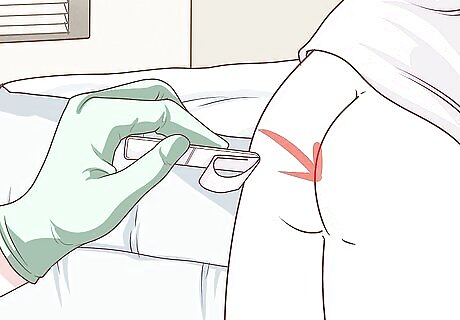
Diagnose pinworms. One of the easiest ways to diagnose a pinworm infection is to use the tape test. Take a piece of clear cellophane tape and wrap it around your fingers with the sticky side out. As soon as your child wakes up, firmly press the sticky tape on the skin around the anus. The eggs will stick to the tape. Keep the tape and put it immediately into a sealed baggie. Remember, the tape is infectious and can spread eggs to other people. Make sure you perform the tape test before your child uses the toilet or bathes.
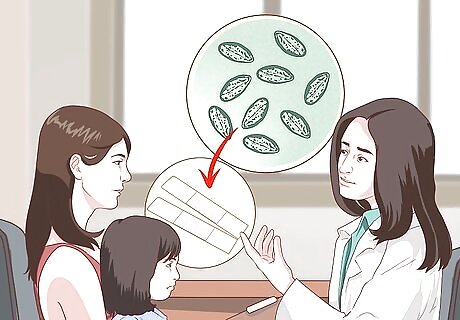
Visit the doctor. Take your child or the infected person to the doctor. A doctor can verify that the infection is pinworms and not something else. Bring the tape with you to show your child’s doctor. The doctor can place the tape under a microscope to determine if there are pinworm eggs on the tape.

Treat the pinworms with medicine. Pinworm infections can be treated with two doses of medicine. The first batch of medicine is given when the pinworms are discovered. The second one is repeated two weeks later. This is to make sure all the adults that have hatched since the first dose are killed, because the medicine is ineffective in killing pinworm eggs. Everyone in the household should be treated at the same time. Common medications used are mebendazole, pyrantel pamoate, and albendazole. Pyrantel pamoate is available as an over-the-counter medication. The others are available as prescriptions. Discuss with your doctor which medicine they suggest is right for your infection.
Using Unverified Alternative Methods
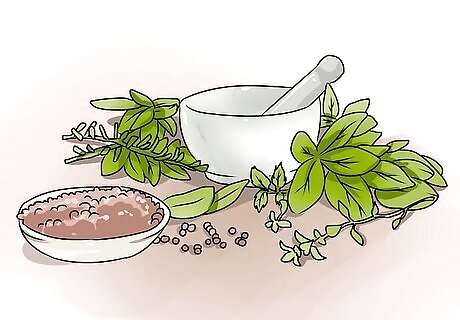
Understand the limitations of natural remedies. It is important to note that these alternative remedies are not backed by scientific evidence — evidence that they work is anecdotal, or based on personal experience and word of mouth. Without scientific studies to prove they are effective, there is no way to know if alternative treatments are helpful at all in treating pinworm. If you want to try an alternative method, talk to your doctor first. Any alternative medical treatments should still be undertaken in combination with advice from your doctor, and should not be considered as medical therapies by themselves.

Use garlic. In non-human studies (studies conducted on animals or in test tubes), researchers found that garlic extract can kill off parasites. While there’s no guarantee that this treatment will work, take a 400 mg supplement of garlic 2-3 times a day to see if helps clear away pinworms. Make sure to discuss home remedies with your doctor before using them. Garlic can have potential health risks, like an increased chance of bleeding.
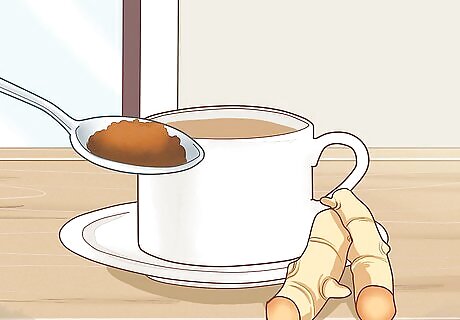
Try turmeric. Turmeric has been shown in lab studies to kill parasites, though researchers are unsure if it kills parasites in humans; however, spicy foods, such as turmeric, are thought to be an effective cure against pinworms. Take 300 mg of turmeric in the form of a capsule three times a day. Important note: Researchers haven’t tested the efficacy of turmeric on human cases of parasites—only in animals and test tube scenarios. However, in these cases, turmeric helped kill off parasites. Don't take turmeric if you use blood thinners because it increases the risk of bleeding.
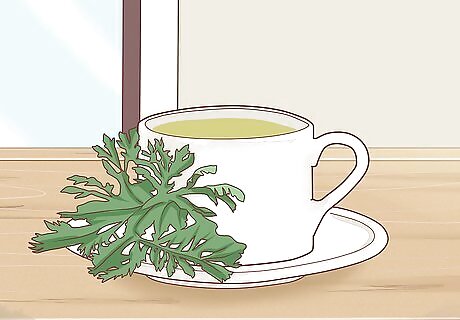
Drink wormwood tea. The wormwood herb has been traditionally used to naturally treat pinworms, along with clove and black walnut. Talk with your doctor to see if this natural remedy is a good option for you, and what the best way for you to take it is. Don't take wormwood if you take anti-seizure medication. If you are allergic to ragweed, you may also be allergic to wormwood.
Preventing Reinfection
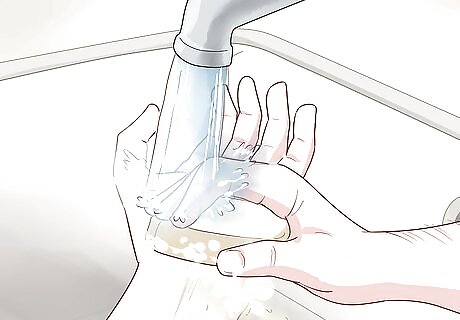
Wash your hands. Everyone in the house needs to wash their hands often. You should especially wash your hands after doing a tape test or after coming in contact with your infected child. Wash your hands before you eat or put your hands in your mouth. Make sure to wash your hands thoroughly with lots of soap. Start by wetting your hands. Lather your hands well. Make sure you get the soap between your fingers and around your fingernails. Use a soft brush to scrub under the fingernails—eggs can get lodged under the fingernails, especially if the patient has been scratching. After washing, rinse well with warm water. Then dry your hands thoroughly. Keep fingernails short and clipped to prevent irritation and decrease the possibility of spread.
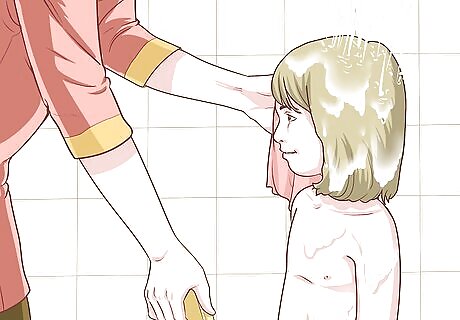
Shower in the morning. When you or your child has pinworms, you should shower after waking up. Pinworms lay eggs at night, so the anal area will have thousands of eggs on it. These eggs can be spread to others, or they can hatch. As soon as you or your child wakes up, remove the contaminated clothing and take a shower. Take a shower instead of a bath. Bathing carries the risk of the eggs getting into the water and then on the body or in the mouth, which can lead to reinfection.
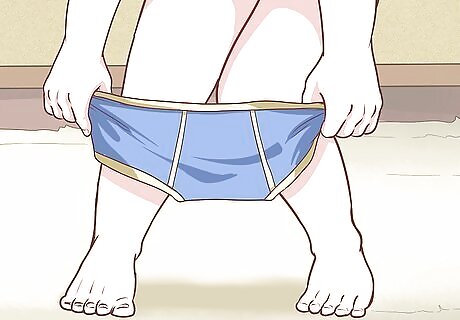
Keep underwear and linens clean. Since the pinworms lay eggs on the anus, you need to make sure that the infected person changes their underwear every day. Don’t put the soiled underwear in the hamper with other clothes. Keep the infected person’s underwear separate to reduce the risk of spreading any pinworms or pinworm eggs. Wash all clothes, bed sheets, and towels in the hottest water available. If you don’t want to wash them every day, keep them in a sealed plastic bag until you wash them. Rinse all the clothes at least twice. Make sure no one reuses towels during this time to help reduce the risk of spreading the eggs. Consider using disposable gloves when handling potentially infected material. Don’t shake any of the contaminated clothing or linens before they have been properly washed. This can cause the eggs to travel and spread, which may lead to reinfection.
Understanding Pinworms
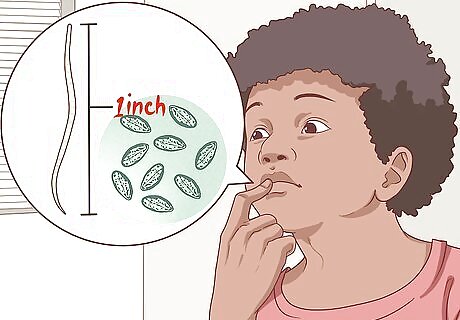
Learn how pinworms are contracted. Pinworms are contracted when you eat food, touch anything, or touch anyone infected with pinworm eggs and then put your fingers into your mouth. Once the eggs enter the intestines, they mature and hatch in your intestine. Female pinworms exit your intestines from your anus and lay their eggs on nearby skin. Adult pinworms are white and less than an inch long. They migrate at night to the anus and lay their eggs there. They can lay up to 10,000 eggs. Pinworm eggs can survive for up to two weeks on clothing, bedding, food, and other surfaces. Only humans can be infected by pinworms.
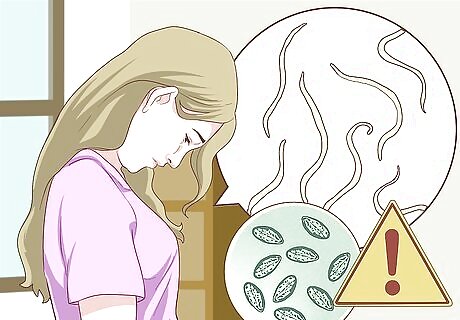
Identify the risk factors. Children between the ages of 5-10 are at the highest risk of contracting a pinworm infection, as well as people who live in very crowded spaces (like dorm or another type of housing institution). Pinworms are contagious and spread easily to others, so an infected child’s household members and caretakers are also at risk. Children can unknowingly spread pinworms within their household. If your child has pinworms, you should treat everyone in the household because there is a high risk that the child unknowingly spread the infection. Children can also spread pinworms at school or in daycare centers.
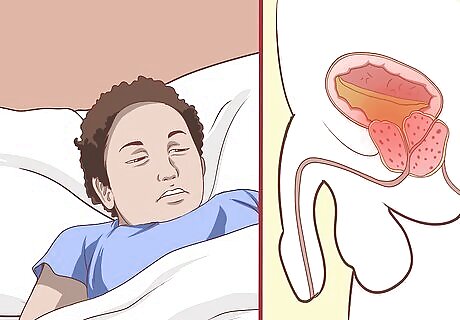
Recognize the signs symptoms of pinworms. Unfortunately, most of the time a pinworm infection is asymptomatic, so the infected person has no idea he is infected. If the person does show signs and symptoms of an infection, the main sign of pinworm infection is itching around the anus. This especially occurs at night when the females are laying the eggs and the eggs are hatching. The itching can be severe, and your child may be very uncomfortable. Other symptoms may include sleep loss, as well as itching around the vagina. Infection can occur if the patient scratches very hard and opens the skin. It’s a good idea to take your child to see a doctor.

















Comments
0 comment